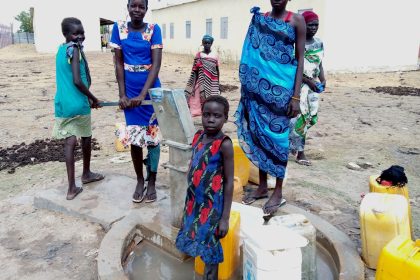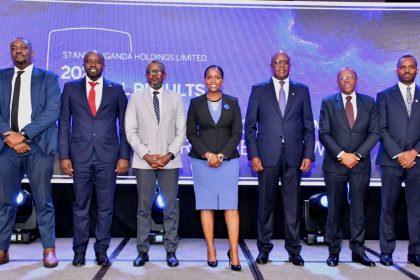African bank approves $3.3 bn to help Eastern Africa integrate
October 15, 2018—Multilateral lender, African Development Bank (AfDB), has given its approval for spending $3.3 billion to implement the East Africa Regional Integration Strategy Paper (RISP).
Over the next five years, the Strategy will guide the bank’s regional operations in 13 countries, namely Burundi, Comoros, Djibouti, Eritrea, Ethiopia, Kenya, Rwanda, Seychelles, Somalia, South Sudan, Sudan, Tanzania and Uganda.
Key targets are fast-tracking structural transformation, increasing trade and promoting financial sector integration and inclusion. However AfDB will carry out a mid-term review on continued financing depending on these goals becoming a reality.
Structural transformation involves moving from low productivity and labour intensive economic activities to higher productivity and skill intensive activities.
Nnenna Nwabufo, the Deputy Director General for East Africa, said during her presentation to the AfDB Board, “Most Eastern African countries depend on agricultural and mineral products for their exports. But most of these products are of low-level sophistication and low value added. This is why this Strategy Paper is key to boosting industrialization and intra-regional trade.”
Eastern Africa is the fastest growing region in Africa, with real gross domestic product (GDP) growth rate of 5.9% in 2017 compared to the continental average of 3.6%. But in its annual Regional Outlook Report published earlier this year, AfDB said this robust GDP growth rate was mainly contributed by six countries, namely, Ethiopia, Tanzania, Djibouti, Rwanda, Seychelles, and Kenya.
On the other hand, these countries in the region continue to grapple with poor infrastructure including power shortages, low electricity connection rates and high cost of electricity for manufacturing enterprises – about four times higher than the global average. They are also characterized by low-level industrialization, with manufacturing added value below 15% in all the region’s member countries.
However, according to the Outlook report, ‘The outlook remains positive for 2018 and 2019, as growth is projected to continue growing at 5.9% and 6.2% in 2018 and 2019, respectively. Recent discoveries of commercially-viable natural resources (oil, gas etc.) by a number of some member countries, sustained macroeconomic stability due to improved fiscal and monetary policies, and progress and efforts towards regional integration all play their part in feeding into growth in the East Africa region’.

During the past five years, East African Community member states have been harmonizing border procedures by revamping major frontier facilities into One Stop Border Posts.
RISP is focused on two mutually reinforcing pillars namely regional infrastructure development for competitiveness and transformation, and strengthening of policy and institutional frameworks for market integration, growing investments and value chains development.
Nwabufo said approval of the Strategy Paper sets the framework for AfDB to support key economic sectors like regional energy and transport, which will underpin Eastern Africa’s transformation.
RISP was developed in consultation with Regional Economic Communities (RECs) in Eastern Africa and is aligned with key REC strategies for the East African Community (EAC), Common Market for Eastern and Southern Africa (COMESA) and Intergovernmental Agenda on Development (IGAD). The strategy also responds to priorities in the United Nations Sustainable Development Goals, the African Union Agenda 2063, the Tripartite Free Trade Area, and the Continental Free Trade Area, launched this year to consolidate Africa’s market regimes.
The Strategy Paper also dovetails into the bank’s Ten Year Strategy (2013-2022) and the High-5s operational priorities — Light Up and Power Africa, Feed Africa, Industrialize Africa, Integrate Africa, and Improve the Quality of Life for the People of Africa.
Moono Mupotola, AfDB Director for Regional Integration and Coordination said in Abidjan last week, the approval of RISP sets out a clear road-map for the delivery of bank’s Integrate Africa High-5 in Eastern Africa.


 African Heads of state head to South Korea next week for Summit talks
African Heads of state head to South Korea next week for Summit talks
 Trading leads as main source of income for Ugandans
Trading leads as main source of income for Ugandans
 New leadership for bankers’ umbrella as total assets top $12 billion
New leadership for bankers’ umbrella as total assets top $12 billion
 Uganda-Tanzania announce date for second joint business forum
Uganda-Tanzania announce date for second joint business forum
 Unpacking results-based financing: balancing strengths with weaknesses
Unpacking results-based financing: balancing strengths with weaknesses
 Big fish in small pond Stanbic notches up $100m profit for 2023 topping previous figure by 15%
Big fish in small pond Stanbic notches up $100m profit for 2023 topping previous figure by 15%
